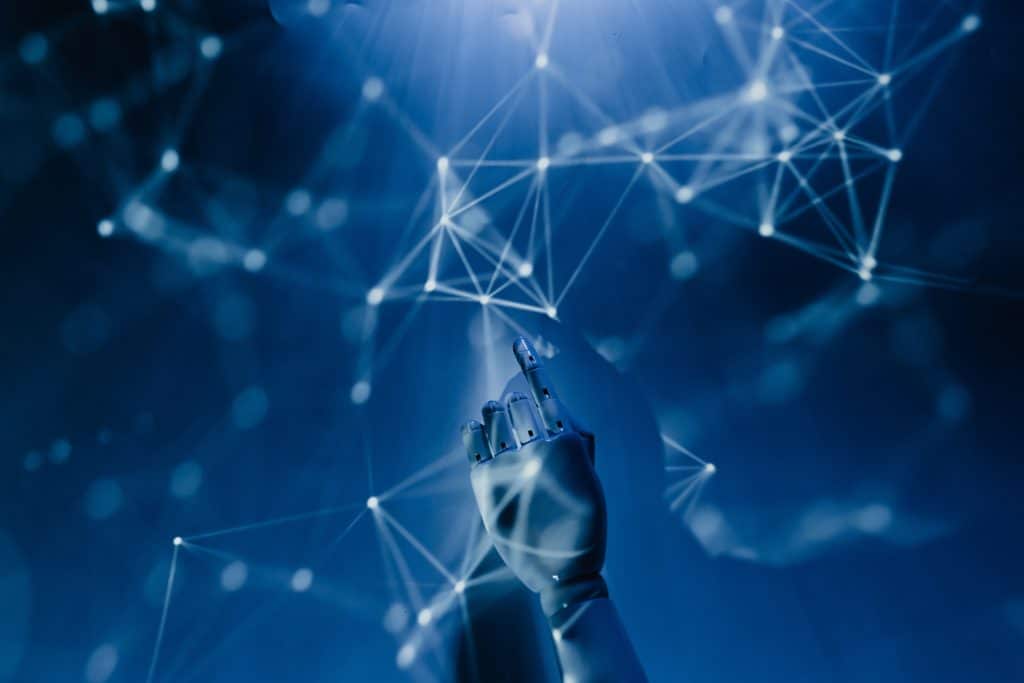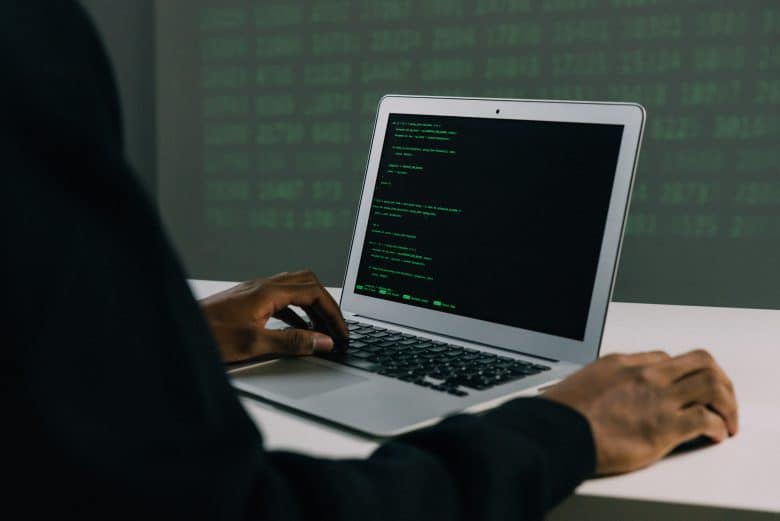Over the years, the field of cybersecurity has constantly evolved to keep up with the changing landscape of technology. And since new technologies are developing, so too are new ways for criminals to exploit them.
According to Symantec, there has been a steady increase in cyber attacks over the past few years. In 2020 alone, there were over 5.6 billion cyber-attacks, and the number is increasing. As we become increasingly reliant on technology, it is clear that cybersecurity must also evolve to keep up with the times.
One of the most significant changes in recent years has been the move from traditional security systems to more sophisticated ones, such as artificial intelligence (AI) and machine learning. These technologies are much better at identifying and stopping threats in their tracks.
The trends in cybersecurity are constantly changing, but one thing is for sure the field will continue to evolve to stay ahead of the curve. So, how has cybersecurity evolved over the years? Let’s take a look.
Cybersecurity Over the Years
1. The rise of AI and machine learning
As mentioned, one of the most significant changes in recent years has been the move from traditional security systems to more sophisticated ones that use AI and machine learning.
These technologies are much better at identifying and stopping threats in their tracks. For example, they can quickly spot unusual activity on a network and raise the alarm.

Aspiring professionals can also learn the ropes by taking an online machine learning course. Cyber security programs consist of classes you can attend and complete at your own pace. For instance, the online cyber security masters program is an excellent way to gain an in-depth understanding of all the latest security trends. It also keeps you updated with the latest research in the field. Moreover, most of these programs offer a cybersecurity certificate to help you land a job in the area.
2. The rise of cloud computing
Another significant change in recent years has been the move to cloud computing. And this is where data and applications are stored on remote servers instead of on a local device.
It has many advantages, including the fact that it is much more scalable and easier to access data from anywhere in the world. However, it also comes with its own set of security risks.
For example, data stored in the cloud is more vulnerable to attack. It is because it is often not as well protected as data stored on a local device.
As such, it is essential to ensure that any data stored in the cloud is secured. The process includes combining encryption, firewalls, and other security measures. Most importantly, choosing a reputable and secure cloud provider is essential.
3. The rise of mobile devices
Mobile devices are now an essential part of our lives. We use them for everything from checking our email to booking holidays.
However, they also come with their own set of security risks. For example, they are much easier to lose or have stolen.
Also, many mobile devices do not have the same level of security as laptops or desktop computers. It is because they are often not equipped with the same security features.

As such, it is essential to be extra careful when using a mobile device. For example, you should keep it locked and only download apps from trusted sources when not in use. And the reason for this is that malicious apps can give attackers access to your data.
4. The rise of the internet of things
There has been a recent surge in the use of connected devices, known as the internet of things (IoT). These devices are connected to the internet and can share data—for instance, fridges, cars, and even light bulbs.
The IoT presents a whole new set of security challenges. It is because these devices are often not as well-protected as traditional computers. Also, they are frequently not updated with the latest security patches.
It means that they can be an easy target for attackers. For example, a hacker could exploit a security flaw to gain network access.
It is essential to note that not all IoT devices are created equal. Some are much more secure than others. Hence, remember, it is always better to be safe than sorry. As such, it is necessary to do your research before buying an IoT device.
5. The rise of crypto-currencies
Cryptocurrencies, such as Bitcoin, have become very popular in recent years. And, as you might expect, they have also brought a whole new set of security risks.
For example, crypto-currencies are often stored in digital wallets. These wallets are usually not as well protected as traditional bank accounts. It means that they are more vulnerable to attack.
It would help if you only bought crypto-currencies from reputable exchanges. And always store them in a secure wallet. In addition, you should never invest more money than you can afford to lose.
But the most important thing is to be aware of the risks. After all, there is no such thing as a free lunch.
Conclusion
As we have seen, cybersecurity has come a long way in recent years. However, there is still a long way to go. As we become more reliant on technology, we will become more vulnerable to attack. The more we use technology, the more we need to be aware of the risks. So, what can you do to protect yourself? The most important thing is to stay informed. Read the news and stay up-to-date with the latest security threats. In addition, you should always use reputable software and services. And, of course, you should never forget to keep your antivirus software up-to-date. With that being said, no security measure is perfect. So, even if you do everything right, there is still a chance that you could be the victim of an attack.














Leave a Reply